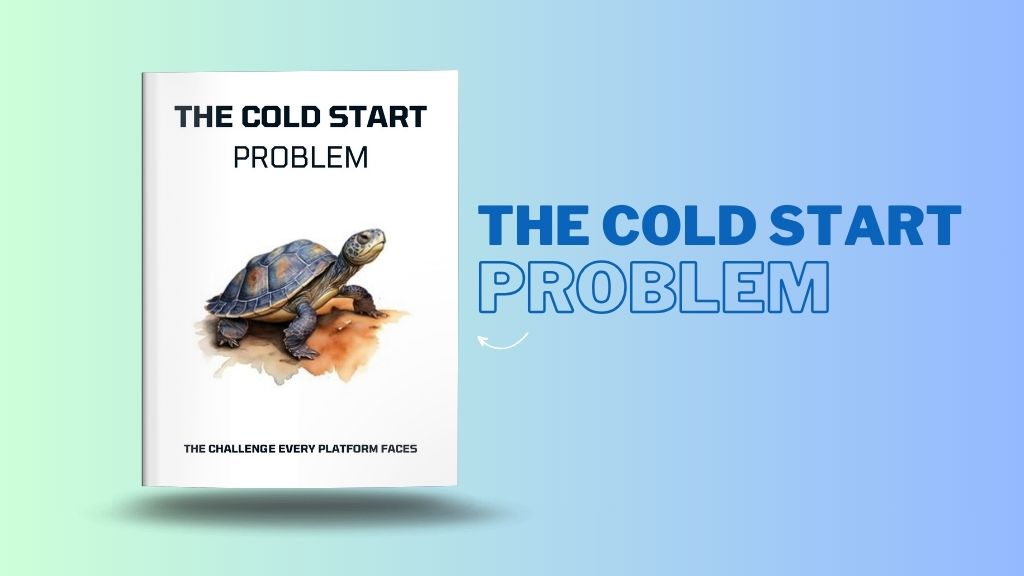The startup landscape has witnessed a seismic shift, thanks to the transformative methodologies of Agile and Lean. In this dynamic realm, where adaptability is paramount, understanding how these methodologies harmonize with the Minimum Viable Product (MVP) is crucial. Dive into the intricate dance of Agile, Lean, and MVP thinking to unravel the synergy that propels startups toward success.
Agile Minimum Viable Product: Navigating the Innovation Highway
In the exhilarating realm of Agile methodology, where change is not an obstacle but an invitation, the Agile Minimum Viable Product (MVP) emerges as the maestro orchestrating the symphony of innovation. Far beyond the mere acceleration of development, this concept represents a paradigm shift—a dynamic fusion of speed, adaptability, and responsiveness to change.
Picture the Agile MVP not as a stagnant creation but as a living, breathing entity. It’s a trailblazer on the innovation highway, navigating twists and turns with finesse. Unlike traditional product development, where the finish line is a rigid destination, the Agile MVP embraces the journey, embracing every twist in the road as an opportunity for improvement. In the Agile landscape, flexibility reigns supreme. The Agile MVP is not a mere product but a chameleon, seamlessly adjusting to the iterative nature of Agile development. It’s not just about quick deliveries; it’s about being in sync with the ever-evolving pulse of the market.
This dynamic solution finds its roots in the principles of the Agile Manifesto, an influential guide that propels Agile teams toward success. The Agile MVP, like a manifesto disciple, embodies these principles—fostering collaboration, prioritizing customer feedback, and embracing the concept of continuous delivery. Collaboration is the heartbeat of Agile. The Agile MVP ensures that every stakeholder, from developers to end-users, is an active participant in the innovation process. Through regular and open communication, the MVP taps into the collective intelligence of the team, incorporating diverse perspectives and enriching the product.
Customer feedback is not an afterthought but a cornerstone. The Agile MVP is designed to solicit, receive, and respond to feedback in real-time. It’s a two-way street where the product is not merely delivered to the customer; the customer is actively involved in shaping the product. This symbiotic relationship ensures that the Agile MVP is a solution rooted in genuine market needs. Continuous delivery is more than a methodology; it’s a commitment. An Agile MVP doesn’t wait for grand unveilings; it evolves continuously, with each iteration building on the successes and learning from the challenges of the previous one. It’s a relentless pursuit of improvement and refinement, a commitment to staying relevant in the ever-shifting market landscape.
As Agile teams sprint through development cycles, the Agile MVP isn’t left behind—it leads the way. Each sprint isn’t just a step; it’s a leap toward a product that resonates more deeply with user needs and market demands. The Agile MVP keeps pace with the accelerating expectations of the market, ensuring that the product remains not just competitive but ahead of the curve. In essence, the Agile Minimum Viable Product is the embodiment of Agile values in action. It’s not merely a strategy; it’s a philosophy that propels startups into the future of innovation. In the world of Agile, where change is not a challenge but a celebrated constant, the Agile MVP stands tall as a testament to the power of adaptability, collaboration, and continuous improvement. It’s not just about reaching the destination; it’s about enjoying the journey, learning at every turn, and emerging as a champion of innovation in a rapidly evolving world.
What exactly is an MVP?
How does it differ from similar terms like prototypes and proofs of concept?
Read More Here!
The Lean Startup Minimum Viable Product Blueprint
In the intricate dance of startup methodologies, where every move could mean the difference between success and failure, the Lean Startup methodology emerges as a maestro of efficiency. This symphony of efficiency finds its natural companion in the Lean Startup Minimum Viable Product (MVP). Far beyond being a mere buzzword, this concept is a strategic weapon for startups aiming not just to survive but to thrive in the tumultuous landscape of innovation.
Lean Startup methodology is an orchestra of validated learning and resource efficiency. It’s not just about launching a product; it’s about launching a product with surgical precision, backed by concrete data and a keen eye on resource allocation. In this efficiency-driven narrative, the Lean Startup Minimum Viable Product stands out as a beacon of lean principles in action. This isn’t a race to build a product with minimal features; it’s a strategic march, carefully plotting each step to maximize learning and minimize waste. The Lean Startup MVP is, at its core, a calculated investment. It’s not about frugality for its own sake; it’s about being resourceful in a way that propels startups toward innovation and success.
At the heart of the Lean Startup MVP lies the embodiment of resourcefulness. It’s not about cutting corners or compromising quality; it’s about making every investment count. It’s akin to a carefully crafted recipe where every ingredient has a purpose, ensuring that each feature serves the dual role of adding value to the product and providing critical insights for future development. This calculated approach allows startups to test hypotheses with precision. Every assumption is a hypothesis waiting to be validated or refuted. The Lean Startup MVP isn’t a shot in the dark; it’s a targeted experiment designed to gather real, actionable data. By launching a product with minimal features, startups can swiftly gauge market reactions and user interactions, validating their assumptions and adjusting course accordingly.
Adjustment and adaptation are the leitmotifs of the Lean Startup MVP. In a landscape where change is the only constant, this MVP methodology is designed to be agile, allowing startups to pivot based on real data. It’s not about sticking to a rigid plan; it’s about being nimble and responsive. If the data suggests a shift in market preferences or user behavior, the Lean Startup MVP allows startups to pivot gracefully, avoiding the pitfalls of sunk cost fallacy. The embodiment of the lean philosophy, the Lean Startup MVP is a tangible manifestation of eliminating waste. Every feature, every development cycle, and every resource allocation is a strategic move to cut away the unnecessary. This ruthless focus on efficiency ensures that startups aren’t bogged down by unnecessary complexities or irrelevant features that don’t contribute to the core value proposition.
The Lean Startup Minimum Viable Product is not just a product development strategy; it’s a blueprint for startups aiming to streamline innovation for unparalleled success. It’s a testament to the power of calculated efficiency, validated learning, and strategic resource allocation. As startups deploy the Lean Startup MVP, they aren’t just building a product; they are constructing a pathway to success—one lean, focused, and resourcefully efficient step at a time.
Is Shopify Worth It for a Small Business or Startup?
Read More Here!
How to Define MVP in an Agile Environment
Defining an MVP in an Agile environment requires a delicate balance between speed and precision. Here’s a comprehensive guide:
- Stakeholder Collaboration: In Agile, collaboration is paramount. Engage stakeholders early and often to gather diverse perspectives and ensure that the MVP aligns with the overarching vision.
- Continuous Feedback Loops: Leverage the iterative nature of Agile by implementing continuous feedback loops. Regularly solicit input from both internal teams and potential users to refine and enhance the MVP.
- Prioritize Features: Agile methodology emphasizes the importance of delivering value quickly. Identify and prioritize features based on customer needs and market trends to create an MVP that resonates with the target audience.
- Incremental Development: Break down the development process into small, manageable increments. This not only aligns with Agile principles but also allows for quicker adaptability as the product evolves.
- Adaptability: Embrace change. Agile is about responding to change over following a rigid plan. Be ready to pivot based on feedback and emerging market trends to ensure the MVP remains relevant and impactful.
In the dynamic landscape of startups, the marriage of Agile methodologies with the Minimum Viable Product is a strategic alliance that propels innovation and success. The Agile Minimum Viable Product and its Lean counterpart embody the spirit of adaptability, efficiency, and continuous improvement. By understanding how to define an MVP within an Agile framework, startups can harness the power of these methodologies to navigate the innovation highway and unlock their path to success. As the Agile manifesto states, it’s about valuing individuals and interactions over processes and tools, and this principle extends seamlessly to the creation of a powerful and market-ready Agile Minimum Viable Product.









